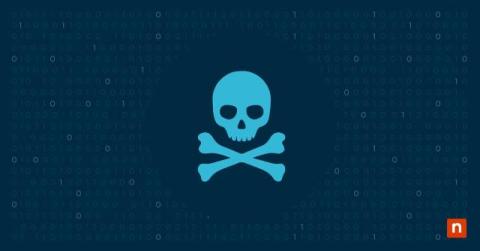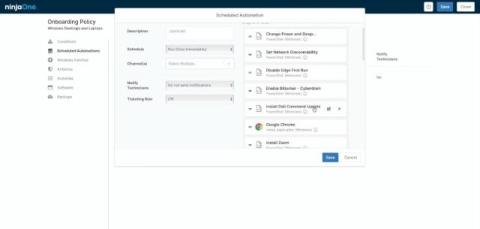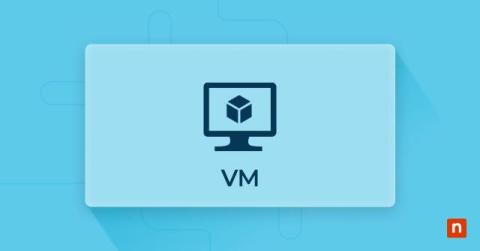What is Network Mapping? Process, Purpose, & Best Practices
Network mapping is the process of exploring, identifying, cataloging, and then visually representing all of the devices (both real and virtual, local and remote) connected to your network. This vital documentation task should be performed regularly to ensure that you have a clear picture of your network and security landscape, so that you can quickly identify and fix issues.











